Top speed 269 km/h Length 8.37 m | Wingspan 11 m Introduced 1926 | |
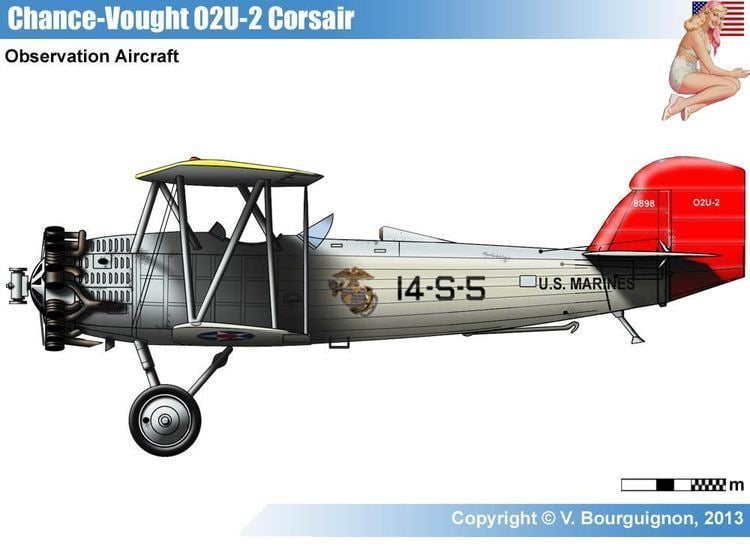 | ||
Vought o2u corsair observation scout squadron 5 9 1941 full
The Vought O2U Corsair was a 1920s biplane scout and observation aircraft. Made by Vought Corporation, the O2U was ordered by the United States Navy (USN) in 1927. Powered by a 400 hp (298 kW) Pratt & Whitney R-1340 Wasp engine, it incorporated a steel-tube fuselage structure and a wood wing structure with fabric covering. Many were seaplanes or amphibians.
Contents
- Vought o2u corsair observation scout squadron 5 9 1941 full
- Design and development
- Operational history
- Variants
- Operators
- Specifications SU 4 Corsair
- References
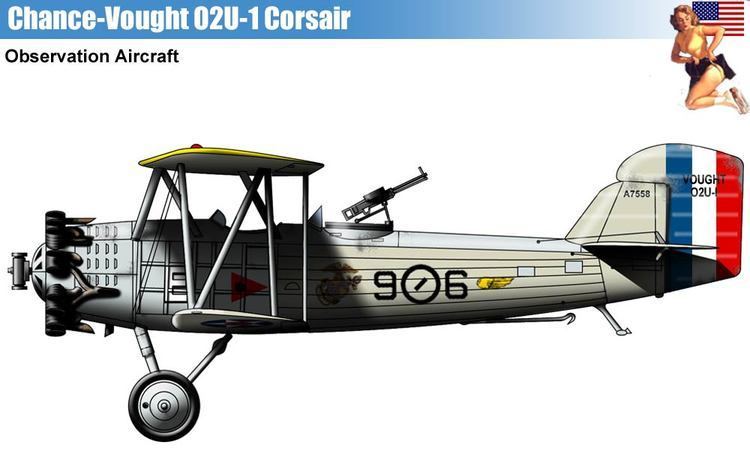
Design and development
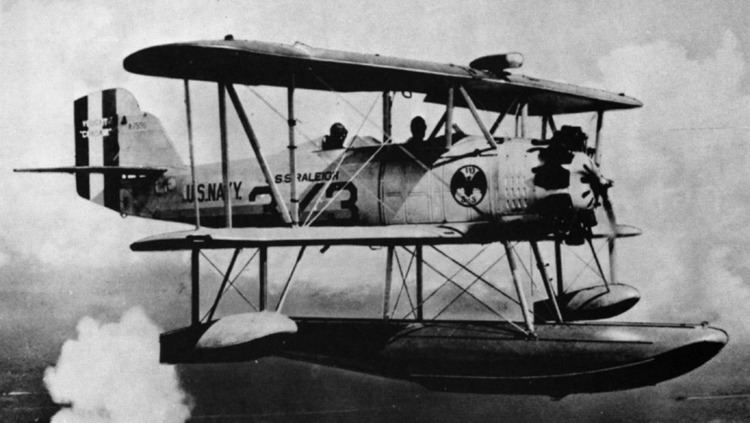
Two prototypes were ordered in 1926 and tested by the Navy Trial Board before the first production batches were ordered. In 1927, a total of 291 O2Us were produced. The O2U-2, -3 and -4 were ordered in 1928 with minor changes. By 1930 they were being superseded by the O3U which was basically similar to the O2U-4, one variant of which was fitted with the Grumman float, and were manufactured until 1936. A total of 289 were built. Many of them had cowled engines and some had enclosed cockpits.
Operational history
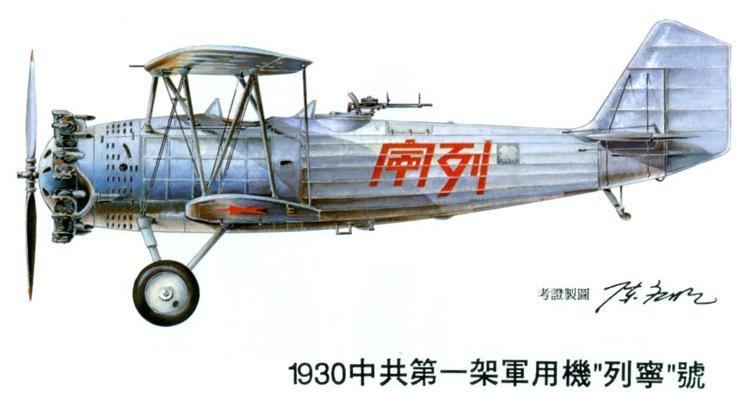
The 600-690 hp (448-515 kW) Pratt & Whitney R-1690-42 Hornet engine was used to power Corsairs designated SU-1 to SU-4. The change in designation reflected their role as scouts. A total of 289 SU designated aircraft were built for the USN. No less than 141 Corsairs were still serving with the US Navy and Marines when the US entered World War II.
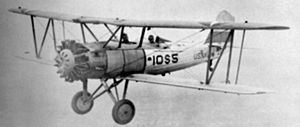
Export versions included the Corsair V-65F, V-66F and V-80Fp for the Argentine Navy, the V-80P for the Peruvian Air Force, and the V-85G for Germany. China purchased Corsair variants V-65C and V-92C. Brazil purchased 36 aircraft V-65B, some hydroplanes V-66B and 15 V-65F.
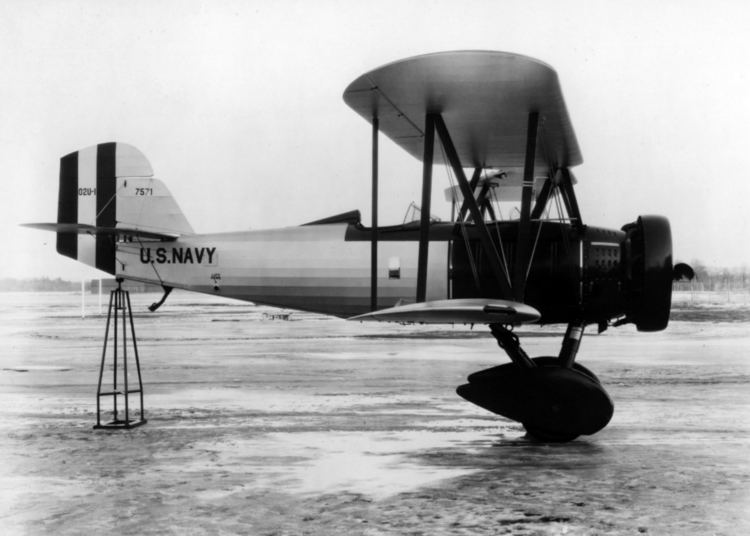
In March 1929, Mexico purchased 12 armed aircraft O2U-2M versions with the 400 hp (300 kW) Wasp engine to quell a military coup; Mexico then built 31 more units under licence, and called them Corsarios Azcárate O2U-4A. In 1937, Mexico purchased 10 V-99M equipped with the Pratt & Whitney R-1340-T1H-1 550 hp Wasp engine, some of them may have been sent to Spain.
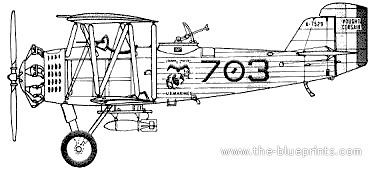
China purchased the 42 export versions of O2U-1 from 1929–1933, and 21 export versions of O3U between 1933–1934 and they saw extensive bombing actions. The O2U-1 versions participated in the Central Plains War and in the January 28 Incident against the Japanese targets, while the O3U versions first participated in the Battle of Pingxingguan to support the Chinese ground forces, and later against the Japanese targets in Shanghai.
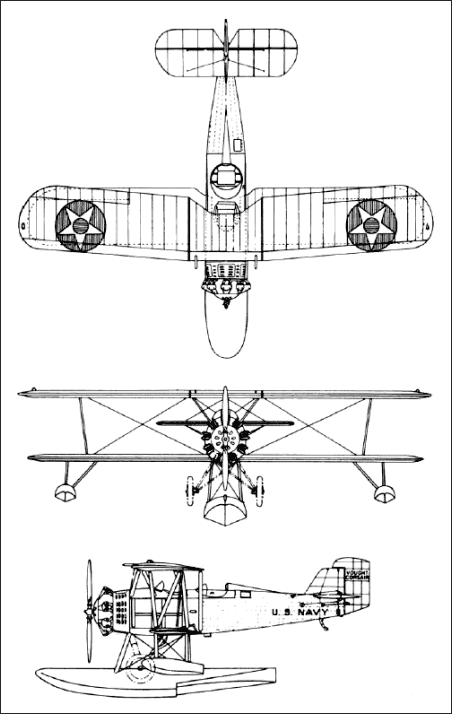
Peru purchased two Vought OSUs which were designated UO-1A. Later, in 1929, 12 O2U-1 were acquired. Used first as trainers, they saw action against APRA rebels in the northern areas of the country, and against Colombian ships and aircraft during the Colombia-Peru War. None were lost due to enemy fire, but several were destroyed due to accidents. These aircraft were also used for light bombing and casualty evacuation by the US Marine Corps during the intervention in Nicaragua in the late 1920s.
Thailand used their Corsairs in the Battle of Ko Chang against the French navy.
The most famous "combat" operation of this aircraft was shooting the original King Kong off of the Empire State Building.
Vought would use the Corsair name again for the F4U fighter in 1938, and the LTV A-7 Corsair II attack bomber in 1963.
Variants
Operators
Specifications (SU-4 Corsair)
Data from The Complete Encyclopedia of World Aircraft
General characteristics
Performance
Armament
